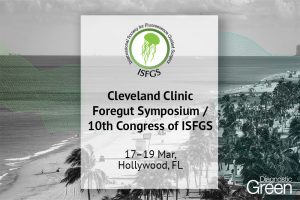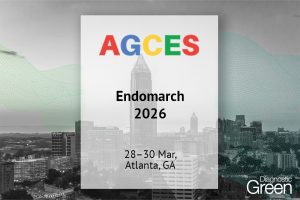Background: The first step in successful breast reconstruction is obtaining a stable skin flap. Indocyanine green (ICG) angiography has recently been studied for its value and usefulness in predicting the stability of skin flaps; however, relevant prospective studies of its clinical efficacy are limited.
Between March and December 2021, 64 patients who underwent immediate breast reconstruction at the authors’ institution were prospectively enrolled. They were classified into an experimental group (n=39; undergoing ICG angiography) and a control group (n=25; undergoing gross inspection alone). In the absence of viable skin, debridement was performed at the surgeon’s discretion. Skin complications were categorized as skin necrosis (the transition of the skin flap to full-thickness necrosis) or skin erosion (a skin flap that did not deteriorate or become necrotic but lacked intactness).
Results: The 2 groups were matched in terms of basic demographic characteristics and incision line necrosis ratio (p=0.354). However, intraoperative debridement was significantly more frequent in the experimental group (51.3% vs 48.0%, p=0.006). The authors additionally classified skin flap necrosis into partial- and full-thickness necrosis, with a higher predominance of partial-thickness necrosis in the experimental vs control group (82.8% vs. 55.6%; p=0.043).
Conclusions: Intraoperative ICG angiography does not directly minimize skin erosion or necrosis. However, compared to gross examination alone, it enables surgeons to perform a more active debridement during surgery, thereby contributing to a lower incidence of advanced skin necrosis. In breast reconstruction, ICG angiography may be useful for assessing the viability of the post-mastectomy skin flap and could contribute to successful reconstruction.




